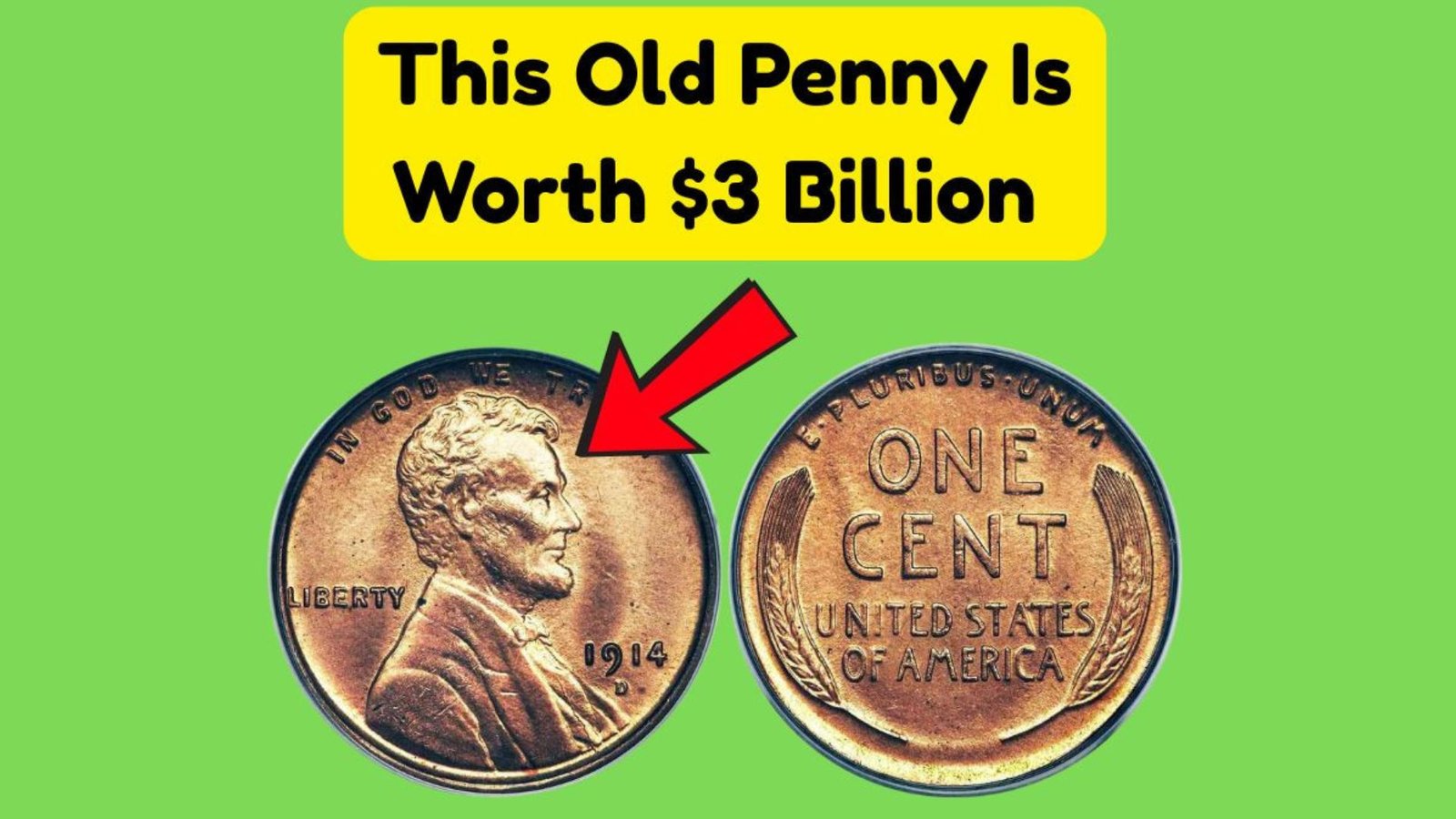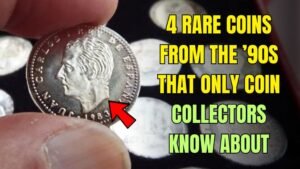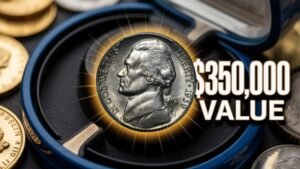Have you ever checked your loose change for hidden treasures? The Lincoln Wheat Penny could turn your everyday coins into a fortune. This classic U.S. coin, made from 1909 to 1958, has some rare versions worth huge amounts. While no single penny has sold for $3 billion, top rarities have fetched over $1 million at auctions. In this guide, we’ll explore its story, why some are so valuable, and how to spot one. Keep reading to see if you have a winner!
What Makes the Lincoln Wheat Penny So Special?
The Lincoln Wheat Penny is more than just old money. It shows President Abraham Lincoln on the front and two wheat stalks on the back. People love collecting these because they link to U.S. history and can be worth a lot.
A Quick History Lesson
This penny started in 1909 to celebrate Lincoln’s 100th birthday. It was the first U.S. coin with a real person’s face instead of symbols like Lady Liberty. Artist Victor David Brenner designed it. The coin was made mostly of copper until World War II, when some were made of steel to save metal. Production stopped in 1958, replaced by the Lincoln Memorial design. Today, these pennies remind us of early 1900s America and are easy to find in old jars or pockets.
Why Some Lincoln Wheat Pennies Are Worth a Fortune
Not all Lincoln Wheat Pennies are valuable. Most are worth just one cent. But rare ones from certain years or with mistakes can sell for thousands or millions. Low production numbers, errors during making, and good condition drive up prices.
Top Rare Variants and Their Values
Here are some of the most sought-after Lincoln Wheat Pennies. These come from low mint runs or factory slip-ups.
| Year and Mint Mark | Key Feature | Estimated Value (High Grade) | Why It’s Rare |
|---|---|---|---|
| 1909-S VDB | Designer’s initials on back | Up to $1.2 million | Very low mintage of 484,000; initials caused controversy and were removed soon after. |
| 1914-D | Denver mint | Up to $420,000 | Only 1,193,000 made; hard to find in top shape. |
| 1943 Bronze | Copper instead of steel | Up to $372,000 | Mistake during war-time steel production; very few exist. |
| 1944 Steel | Steel instead of copper | Up to $180,000 | Error from leftover steel blanks; only 25-30 known. |
| 1955 Doubled Die | Double image on front | Up to $114,000 | Printing error; about 24,000 released by accident. |
| 1922 No D | Missing mint mark | Up to $92,000 | Factory error at Denver; no mark stamped. |
These values are from recent auctions and can change based on the coin’s state.
How to Spot a Valuable Lincoln Wheat Penny
Finding a rare Lincoln Wheat Penny is exciting and doesn’t need fancy tools. Here’s how to check your coins:
- Look at the Date and Mint Mark: The year is on the front. Mint marks (S for San Francisco, D for Denver, no mark for Philadelphia) are under the date. Rare years include 1909, 1914, 1922, 1943, 1944, and 1955.
- Check for Errors: Search for double images, wrong metal, or missing parts. Use a magnifying glass.
- Rate the Condition: Shiny, unworn coins (called mint state) are worth more. Avoid cleaning them, as it can lower value.
- Get It Checked: Take suspects to a coin expert or grading service like PCGS for real worth.
Tips for Starting Your Collection
- Join online groups or coin clubs to learn more.
- Go to coin shows or shops for deals.
- Set a budget and focus on one type at first.
- Store coins in protective cases to keep them safe from damage.
- Watch for fakes – always buy from trusted sellers.
Could a Rare Penny Still Be in Circulation?
Yes! While most rare Lincoln Wheat Pennies are in collections, some still pop up in change or old rolls. Stories of people finding valuable coins in pocket money happen every year. With billions made, treasures might hide in your home. Next time you get change, take a closer look – you might have a gem!
Collecting Lincoln Wheat Pennies is fun and can pay off big. Whether you’re new or experienced, these coins offer history and thrill. Start checking your pockets today. Who knows? Your next find could be worth thousands!




